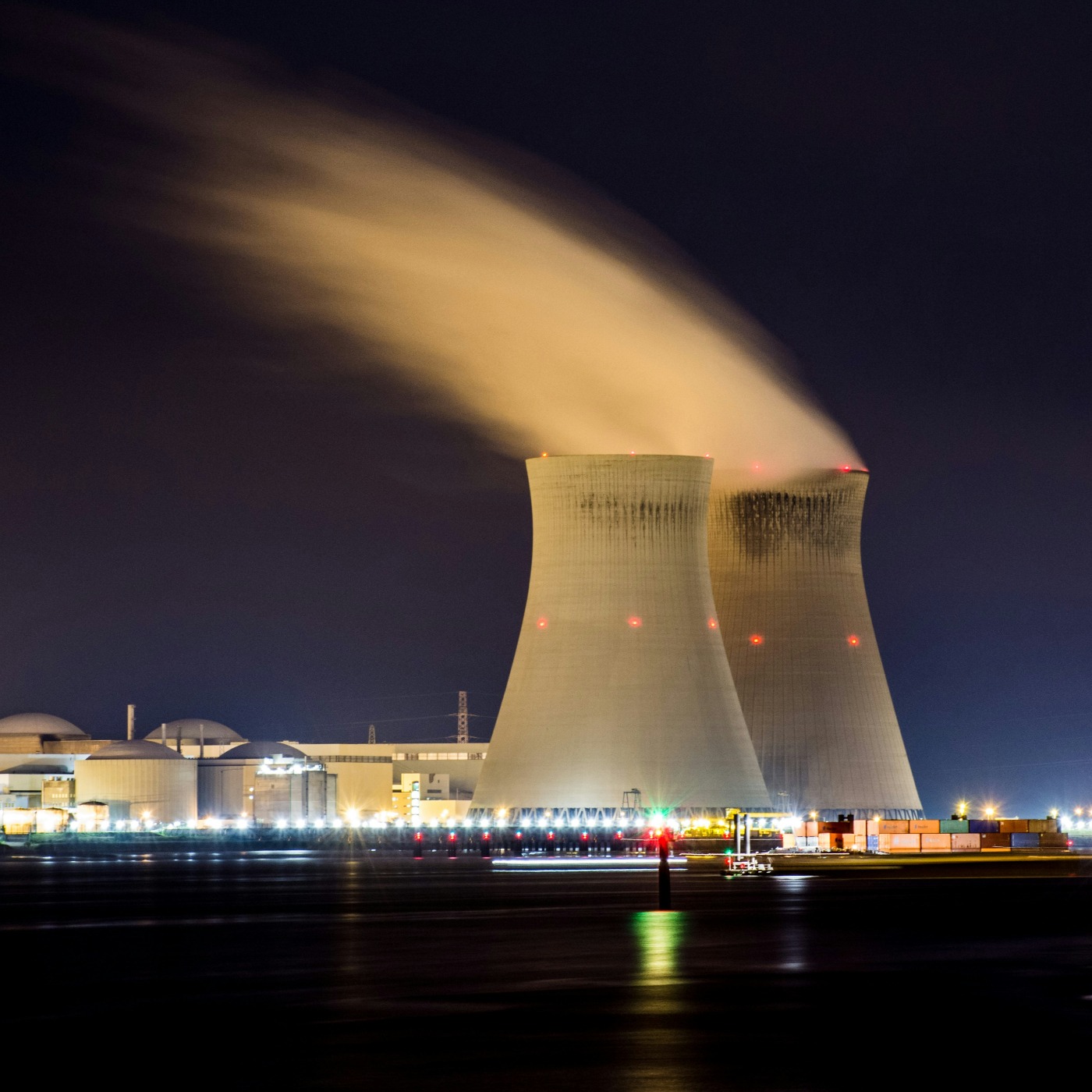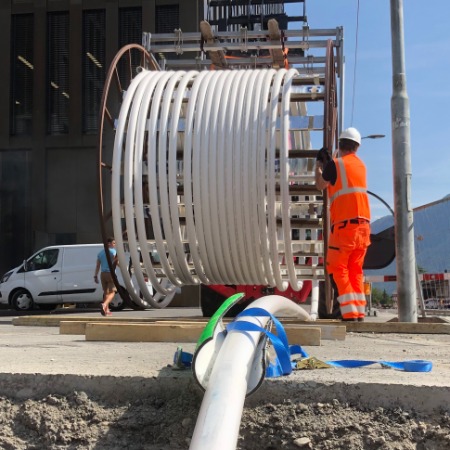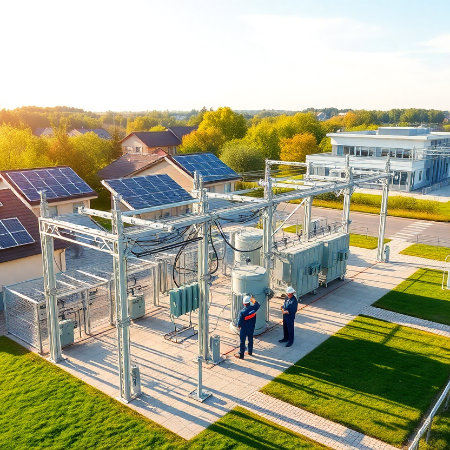01. Definition
What is the energy crisis?
In recent years, many scientists have raised their voice to warn about climate change, caused notably by the burning of oil and coal in order to produce energy.
Solutions to the energy crisis
Over the last two centuries, energy needs have skyrocketed dramatically, especially because of the transportation and industry sectors. However, fossil fuel are polluting and their reserves are limited. We know today that these resources are close to exhaustion and our societies are facing a major challenge: the energy crisis.

01. Definition

02. Causes

03. Impacts

04. Solutions
05. Implementations
Tysilio Solar Container by Tysilio implemented by Primeale United in Kirene (Senegal) in 2024
Bioreactor BioRenGaz by BioRenGaz implemented by Seppi Gaz in Issenheim (France) in 2024
Ways2H Hydrogen Solution by Ways2H, Inc. implemented by United Kingdom in UK (United Kingdom) in 2021
Solar Thermal Decarbonization by TVP SOLAR implemented by PepsiCo in Sete Lagoas (Brazil) in 2022
Optiwise® by Likewatt implemented by IDEE Energies in Courcy (France) in 2021
CO₂ network by ExerGo implemented by HES-SO Sion in Sion (Switzerland) in 2022
CO₂ network by ExerGo implemented by Groupe E in Fribourg (Switzerland) in 2026
Kiplo Energy Communities by Cleanwatts implemented by Izeda’s Fire Brigade in Bragança (Portugal) in 2024
GridCal by PSInsight GmbH implemented by NGN Netzgesellschaft Niederrhein Mbh in Krefeld, Straelen, and Wachtendonk (Germany) in 2020
Go To-U by GO TO-U implemented by TNB (Tenaga Nasional Berhad) in Kuala Lumpur (Malaysia) in 2023
Go To-U by GO TO-U implemented by ABB in Zurich (Switzerland) in 2022
Go To-U by GO TO-U implemented by NYSERDA - The New York State Energy Research and Development Authority in New York (United States) in 2024
Go To-U by GO TO-U implemented by Uman Hub in Kyiv (Ukraine) in 2023
MAN ETES (Electro Thermal Energy Storage) by MAN Energy Solutions Schweiz AG implemented by DIN Forsyning in Esbjerg (Denmark) in 2023
Efficiency PACK by Orcan Energy AG implemented by Wittekind Hugo Miebach Söhne KG in Erwitte (Germany) in 2022
EnerTwin by Micro Turbine Technology (MTT) implemented by City of Dresden (Germany) in Dresden (Germany) in 2019

06. Conclusion















